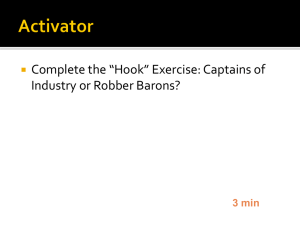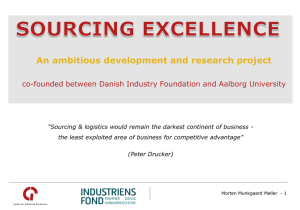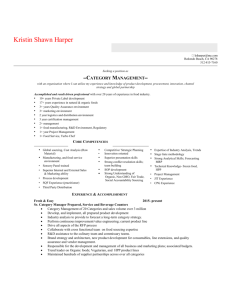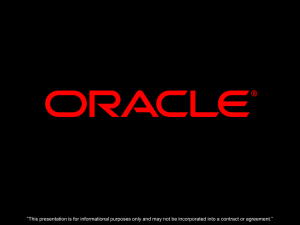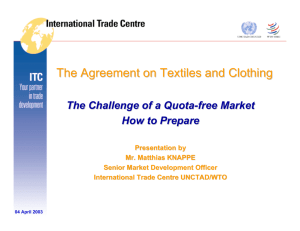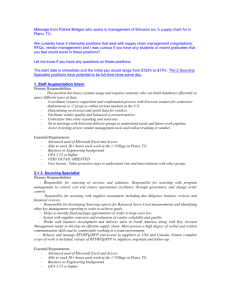Global_sourcing_literature 2015-1
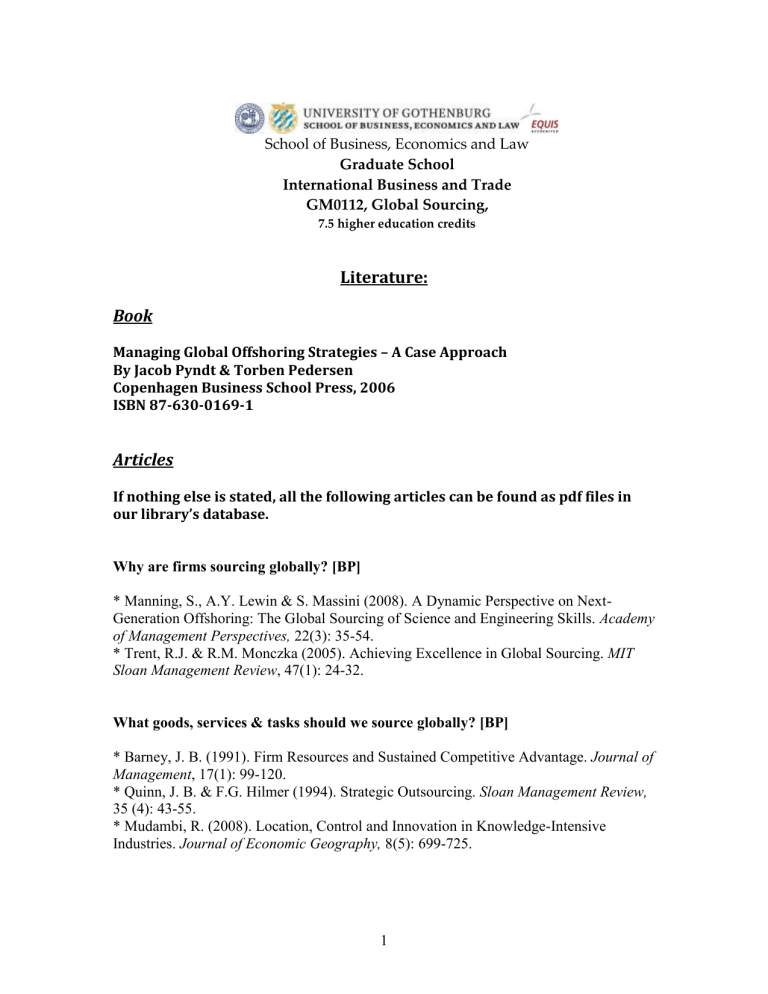
School of Business, Economics and Law
Graduate School
International Business and Trade
GM0112, Global Sourcing,
7.5 higher education credits
Literature:
Book
Managing Global Offshoring Strategies – A Case Approach
By Jacob Pyndt & Torben Pedersen
Copenhagen Business School Press, 2006
ISBN 87-630-0169-1
Articles
If nothing else is stated, all the following articles can be found as pdf files in our library’s database.
Why are firms sourcing globally? [BP]
* Manning, S., A.Y. Lewin & S. Massini (2008). A Dynamic Perspective on Next-
Generation Offshoring: The Global Sourcing of Science and Engineering Skills. Academy of Management Perspectives, 22(3): 35-54.
* Trent, R.J. & R.M. Monczka (2005). Achieving Excellence in Global Sourcing. MIT
Sloan Management Review , 47(1): 24-32.
What goods, services & tasks should we source globally? [BP]
* Barney, J. B. (1991). Firm Resources and Sustained Competitive Advantage. Journal of
Management , 17(1): 99-120.
* Quinn, J. B. & F.G. Hilmer (1994). Strategic Outsourcing. Sloan Management Review,
35 (4): 43-55.
* Mudambi, R. (2008). Location, Control and Innovation in Knowledge-Intensive
Industries. Journal of Economic Geography, 8(5): 699-725.
1
From whom should we source? [BP]
* Dyer, J. H. and H. Singh (1998). The relational view: Cooperative strategy and sources of interorganisational competitive advantage. Academy of Management Review , 23(4):
660–679.
* Mayer, R.C., J.H. Davis & F.D. Schoorman (1995). An Integrative Model of
Organizational Trust. Academy of Management Review, 20(3): 709-734.
From where should we source? Looking for cheap labor, R&D synergies, or customer proximity? [Peter Oerberg Jensen, Copenhagen Business School]
* Jensen, P.D.Ø., & T. Pedersen (2011). The Economic Geography of Offshoring: The
Fit between Activities and Local Context. Journal of Management Studies , 48(2): 352-
372.
* Ghemawat, P. (2001). Distance Still Matters – The Hard Reality of Global Expansion.
Harvard Business Review, 79(8): 137-147.
* Haakonsson, SJ, Jensen, PDØ & Mudambi, SM (2013) A Co-evolutionary perspective on the Drivers of International Sourcing of Pharmaceutical R&D to India. Journal of
Economic Geography , 13 (4): 677-700.
* Stringfellow, A., M.B. Teagarden & W. Nie (2008). Invisible Costs in Offshoring
Services Work. Journal of Operations Management , 26(2): 164–179.
* Teaching case: Hansen, M. W. et al (2010), Vestas in India. Chapter 7 in Hansen,
M.W.; M.M. Larsen, T. Pedersen, B. Petersen & P. Wad, Strategies in emerging markets:
A Case Book on Danish Multinational Corporations in China and India , Copenhagen:
Copenhagen Business School Press, 2010: 139-154. [ Will be distributed ]
How should we configure our global sourcing? [BP]
* Jensen, P.Ø. & B. Petersen (2012). Global Sourcing of Services – Risk, Process and
Collaborative Architecture. Global Strategy Journal , 3(1): 67-87
* von Hippel, E. (1994). ”Sticky Information“, and the Locus of Problem Solving:
Implications for Innovation. Management Science, 40(4): 429-39.
* Senthil K. M. & M.A. White (2005). Learning and Knowledge Transfer in Strategic
Alliances: A Social Exchange View. Organization Studies , 26(3), 415-441.
* Porter, M.E. (1986). Changing patterns of international competition. California
Management Review , 28 (2): 9-40.
* March, J.G. (1991). Exploration and Exploitation in Organizational Learning.
Organization Science , 2(1) Special Issue: 71-87.
* Lee, S.M., D.L. Olson & S. Trimi (2012). Co-innovation: convergenomics, collaboration, and co-creation for organizational values. Management Decision , 50(5):
817-831.
2
The challenge of HRM and social consequences [Ola Bergström]
* Bergström, O. (2007) Translating socially responsible workforce reduction – A longitudinal study of workforce reduction in a Swedish company. Scandinavian Journal of Management, 23: 384-405
* Bergström, O. and A. Diedrich (forthcoming) The Swedish model of restructuring –
Book chapter [Will be distributed]
* Edwards, T., T. Colling and A. Ferner (2007) Conceptual approaches to the transfer of employment practices in multinational companies: an integrated approach. Human
Resource Management Journal, 17, 3: 201-217
* Hayden, A. and T. Edwards (2001) The Erosion of the Country of Origin Effect – A
Case Study of a Swedish Multinational Company. Relations Industrielles, 56,1: 116-140
[Check Google scholar]
* Collings, D.G. (2008) Multinational corporations and industrial relations research: A road less travelled. International Journal of Management Reviews, 10(2), pp. 173-193.
Global Sourcing and Corporate Social Responsibility
* Egels-Zandén, N. (2009) Transnational Governance of Workers’ Rights: Outlining a
Research Agenda. Journal of Business Ethics , 87(2), 169-188.
* Locke, R.M., Amengual, M. and A. Mangla (2009) ‘Virtue out of Necessity?
Compliance, Commitment, and the Improvement of Labor Conditions in Global Supply
Chains’,
Politics & Society , 37(3), 319-351.
* Amengual, M. (2010) “Complementary Labor Regulation: The Uncoordinated
Combination of State and Private Regulators in the Dominican Republic”,
World
Development , 38(3), 405-414.
Knowledge Management in global projects [Katarina Lagerström Hamberg]
To be announced
3

